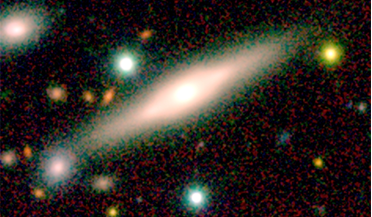 22 March 2019
Citizen science project turns research into a quest
22 March 2019
Citizen science project turns research into a quest
... Sun in their centres. Scientists are still trying to work out which came first, the galaxy or the supermassive black hole,” according to the center. The crowd-sourcing approach leverages the “wisdom of crowds” principle, according to the center...
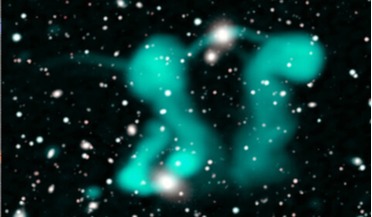 06 August 2021
Surprising new finds as ASKAP surveys the skies
06 August 2021
Surprising new finds as ASKAP surveys the skies
... galaxy, one of the largest known, whose existence had never even been suspected. Whats more, its supermassive black hole is generating jets of electrons nearly 5 million light years long. “ASKAP is the only telescope in the world that...
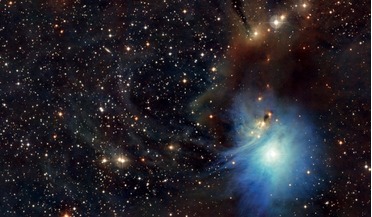 March 2018
Exploring the extreme universe
March 2018
Exploring the extreme universe
... study extreme acceleration mechanisms from compact objects such as neutron stars and black holes, ranging up to billions of solar masses (supermassive black holes). Its polarimetric capabilities and its continuum sensitivity will solve the problem...
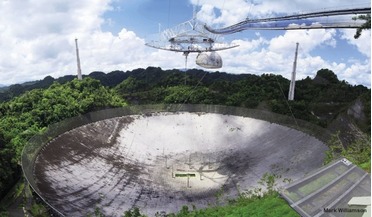 July 2021
Arecibo - an astounding legacy
July 2021
Arecibo - an astounding legacy
... on the gravitational wave strain amplitude as the NANOGrav team continued its quest to discover gravitational waves from supermassive black hole binaries. The road below the telescope’s main reflector dish. Recent findings Ground-breaking scientific...
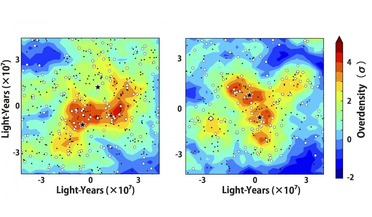 14 March 2018
Researchers rethink quasar connection after new find
14 March 2018
Researchers rethink quasar connection after new find
... very faint. Indeed to date only around 20 were previously known about. Quasars on the other hand consist of a supermassive black hole surrounded by an orbiting accretion disk of gas. They are among the most luminous, powerful, and energetic objects...
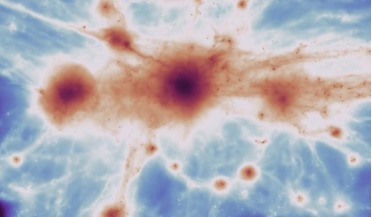 04 October 2019
Have ancient filaments helped uncover the nature of dark matter?
04 October 2019
Have ancient filaments helped uncover the nature of dark matter?
...high to be from the ultraviolet background radiation of the Universe. Instead it was a result of active galactic nuclei (supermassive black holes) and "starbursting" galaxies pumping out stars at a prodigious rate. The length of the filaments and the...